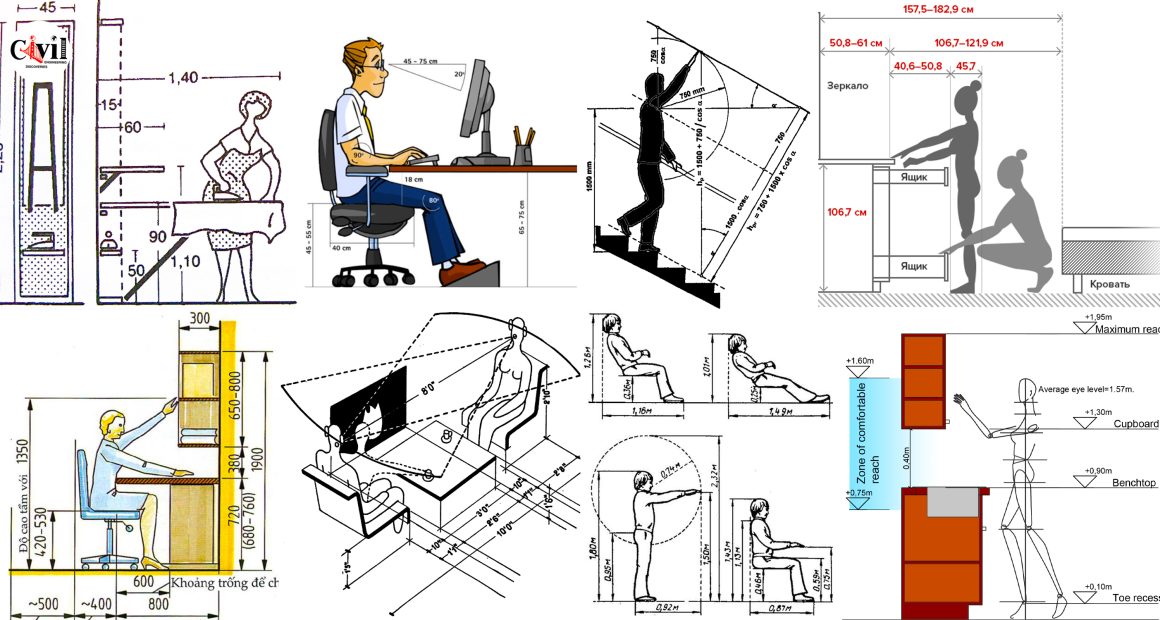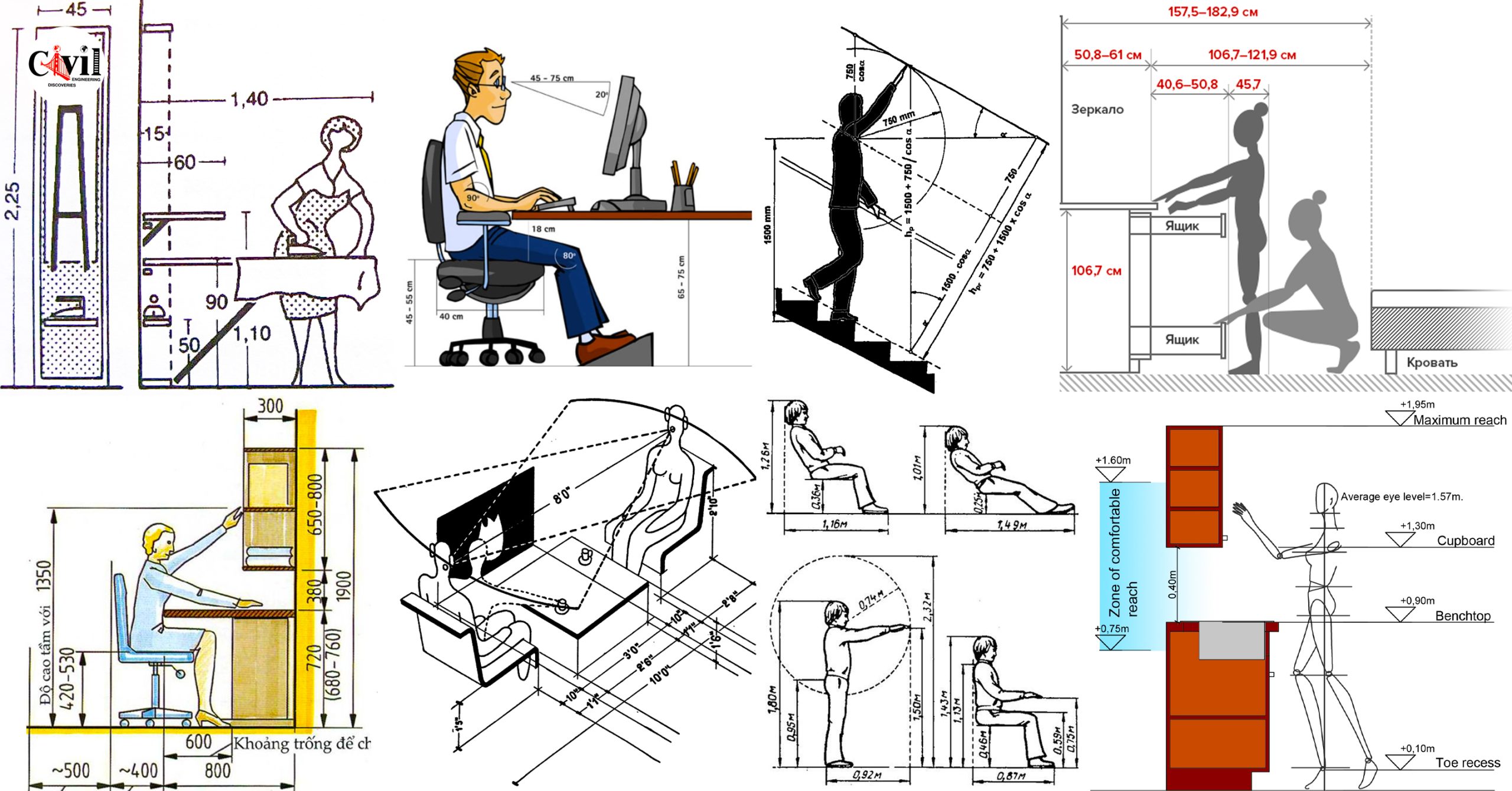In the world of product design, understanding and incorporating human body measurements is crucial to creating functional and comfortable designs. Whether it’s clothing, furniture, or any other product, considering key measurements is essential for ensuring a seamless user experience.
When it comes to clothing, designers must take into account various measurements such as chest, waist, hip, and inseam length. These measurements ensure that garments fit properly and provide the desired level of comfort for the wearer. By understanding these key measurements, designers can create clothing that flatters different body types and enhances the overall fit.
In furniture design, specific measurements play a vital role in creating ergonomic and comfortable seating options. For instance, seat height and depth are critical factors in determining optimal comfort levels. Designers need to consider these measurements when designing chairs or sofas to ensure that users can sit comfortably with proper support for their legs and back.
Similarly, when designing tables or desks for work or dining purposes, the height should be appropriate to maintain a comfortable posture while sitting. Additionally, considering seating distance from televisions is important for an enjoyable viewing experience without straining one’s eyes.
Moreover, in stair design or any other furniture placement within a home environment like beds or cabinets; understanding human body movements helps in optimizing accessibility while maintaining aesthetic appeal.
By paying attention to these key measurements throughout the product design process, designers can create products that not only look visually appealing but also prioritize user comfort and functionality. Ultimately, incorporating human body measurements into product design ensures that end-users have an enhanced experience with products that seamlessly fit into their daily lives.




































